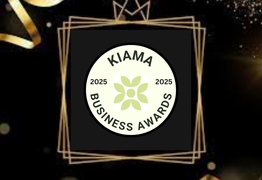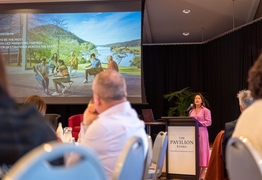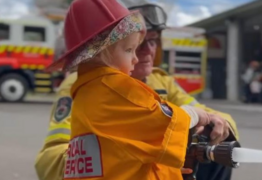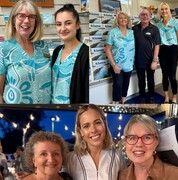Microplastics in Kiama - Small fragments, big implications
Lynne Strong
22 May 2025, 3:29 AM
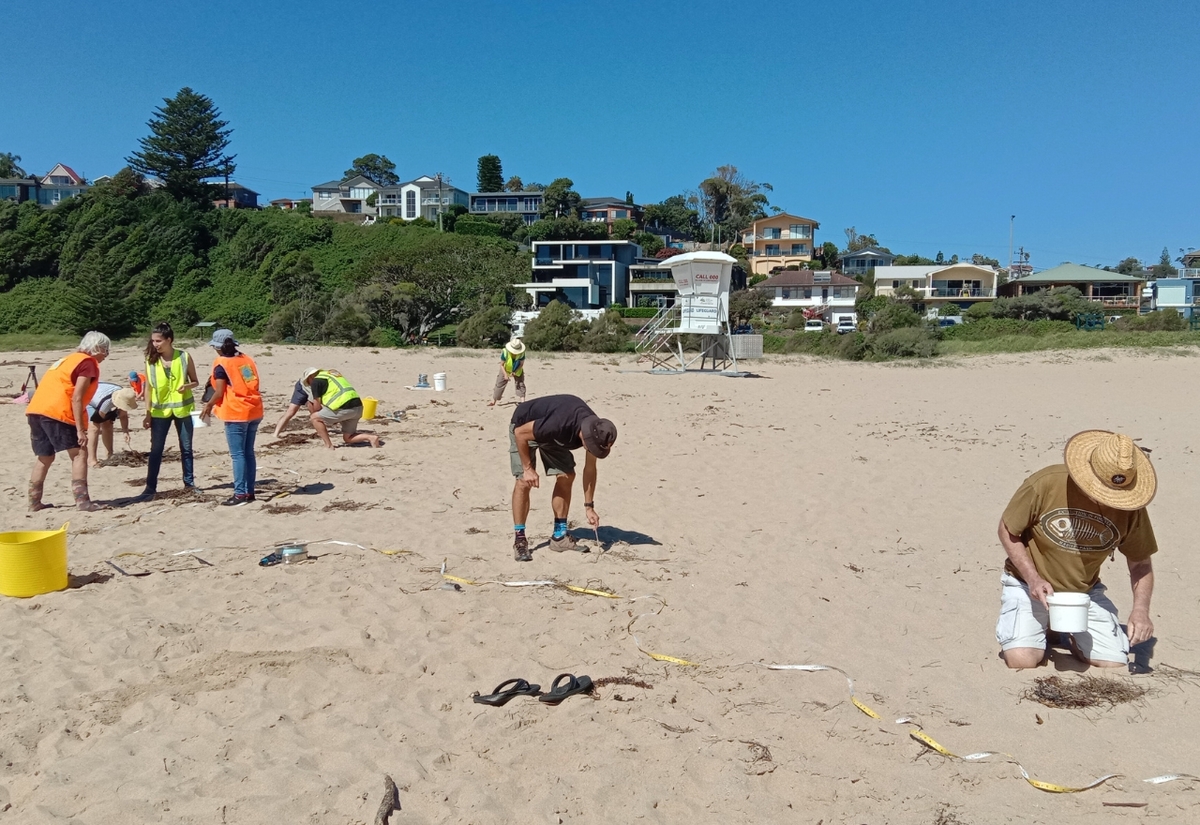 Local volunteers at Kendall's beach
Local volunteers at Kendall's beachA team of citizen scientists is helping put Kiama on the map - literally - when it comes to tracking the tiniest threat to our waterways.
While the beauty of Kiama’s coastline hides many secrets, a group of dedicated locals is uncovering one of its most insidious: microplastics.
Karen Lang leads a small but determined team of citizen scientists surveying local beaches and rivers as part of a nationwide initiative known as AUSMAP (the Australian Microplastic Assessment Project).
Supported by Macquarie University, the Total Environment Centre and private donors, AUSMAP is building a national picture of plastic pollution, one sample at a time.
“In our LGA, I have about 30 people on my mailing list and we usually get half a dozen or more volunteers at each survey,” Karen explains. “We need at least eight to ten people now that the sampling methodology has changed.”
The method is deceptively simple.
After the high tide recedes, volunteers mark out a half-metre square, scrape off the top two centimetres of sand, sieve it, and sort the finds by size and type.
Every fragment is logged and added to a searchable national database available to researchers, policymakers and the public.
Karen’s team has found consistently low to very low concentrations of microplastics across much of the Kiama LGA, though Black Beach stands out as a local hotspot.
“Some of the plastic is fishing tackle and food packaging,” she says, “but we’ve also found nurdles - tiny plastic pellets used in manufacturing, which shows how easily industrial plastic ends up in the environment. There’s also legacy rubbish like old bricks and building debris, likely due to past dumping near Storm Bay.”
Despite lower concentrations here than in more industrialised areas like Sydney Harbour or the Parramatta River, Karen is convinced that Kiama’s data still matters.
“Longitudinal data is key,” she says. “If concentrations increase or decrease, we want to know why. That helps assess whether prevention measures are working.”
The work isn’t just about beach clean-ups. It informs real action.
“We now know that synthetic rubber crumb from playgrounds is a big problem,” Karen notes. “At Surf Beach, it deteriorates and ends up in nearby creeks and lagoons. Prohibiting these materials, and ensuring industries prevent waste entering drains, are simple steps councils can take.”
Karen’s journey began at a local event in 2019 when she spotted lead scientist Dr Scott Wilson demonstrating sampling techniques at Black Beach. One conversation led to a training session at Taronga Zoo, and soon she was coordinating local surveys.
She’s now preparing for her group’s first survey of the Minnamurra River, a new focus area requested by AUSMAP. “We’ve never surveyed a river before, so that will be really interesting,” she says.
As plastic use continues to evolve, so too must the response. “The job is never done,” Karen adds. “Raising awareness, improving legislation and supporting citizen science are all part of the solution.”
NEWS
